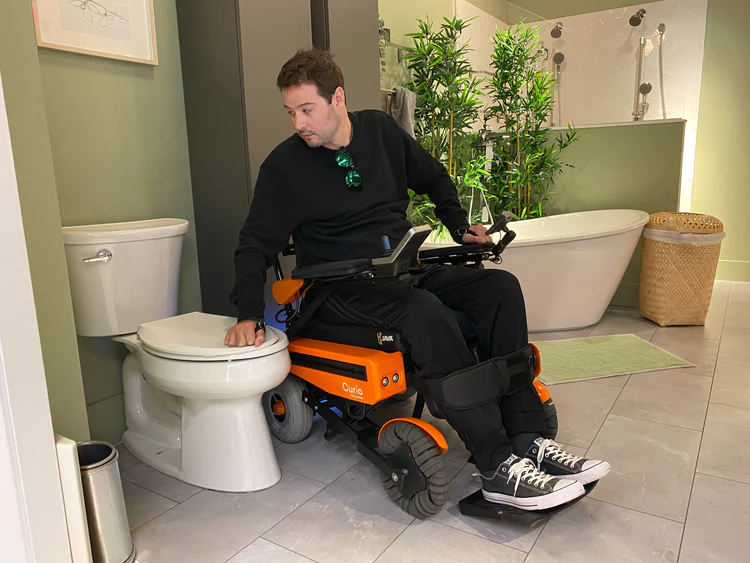
The bathroom represents one of the most hazardous areas in any home, particularly for seniors and individuals with mobility challenges. With wet surfaces, hard fixtures, and limited space for maneuvering, bathrooms present unique safety risks that can lead to serious injuries and loss of independence. At LIFEmed, we understand that bathroom safety isn’t just about preventing falls—it’s about maintaining dignity, independence, and confidence in one of the most private and essential areas of daily living.
Statistics reveal that bathroom-related accidents account for a significant percentage of home injuries among seniors and individuals with disabilities. The combination of slippery surfaces, awkward positioning requirements, and the physical demands of personal care activities creates a perfect storm of safety challenges. However, with proper equipment and modifications, these risks can be dramatically reduced while maintaining the privacy and independence that everyone deserves.
Modern bathroom safety equipment has evolved far beyond basic grab bars and shower seats. Today’s solutions incorporate advanced materials, ergonomic design principles, and innovative features that address the complex challenges of bathroom safety while maintaining comfort and dignity. Understanding these options and implementing appropriate solutions can transform a dangerous bathroom into a safe, accessible space that supports independence and peace of mind.
Understanding Bathroom Safety Risks and Challenges
Bathroom environments present multiple hazards that can compromise safety for individuals with mobility limitations, balance issues, or physical weakness. Water creates slippery surfaces on floors, in tubs, and around shower areas, while the hard surfaces of bathroom fixtures and floors can cause serious injuries during falls.
The physical demands of bathroom activities often require awkward positioning, weight shifting, and balance maintenance that can be challenging for individuals with mobility limitations. Reaching for items, transferring to and from toilets, and maneuvering in confined spaces all present potential safety risks that must be addressed through proper equipment and environmental modifications.
Vision challenges, medication effects, and age-related changes in balance and coordination can further complicate bathroom safety. These factors combine to create an environment where even simple activities like bathing or using the toilet can become dangerous without appropriate safety measures and supportive equipment.
Temperature variations in bathrooms can also affect safety, as hot surfaces, steam, and sudden temperature changes can impact balance and coordination. Understanding these complex interactions helps guide the selection of appropriate safety equipment and modifications.
Essential Bathroom Safety Equipment Categories
Grab Bars and Support Systems
Grab bars represent the foundation of bathroom safety equipment, providing essential support for transfers, balance, and stability during various bathroom activities. Modern grab bars are available in numerous configurations, materials, and mounting options designed to accommodate different needs and bathroom layouts.
Toilet grab bars provide crucial support during sitting and standing transfers, which often represent the most challenging bathroom activities for individuals with mobility limitations. These bars can be mounted to walls, floors, or toilet fixtures depending on bathroom configuration and user needs.
Shower and tub grab bars offer essential support during bathing activities, helping users maintain balance while entering, exiting, and maneuvering within bathing areas. Strategic placement of grab bars can provide continuous support throughout the bathing process, reducing fall risk and increasing confidence.
Modern grab bars incorporate advanced materials and finishes that provide secure gripping surfaces while resisting corrosion and maintaining appearance in humid bathroom environments. Textured surfaces, ergonomic designs, and appropriate sizing ensure that grab bars provide reliable support when needed most.
Shower and Bathing Safety Equipment
Shower chairs and bath seats provide stable seating options that eliminate the need to stand during bathing activities. These devices reduce fall risk while making bathing more comfortable and less physically demanding for individuals with limited endurance or balance challenges.
Transfer benches allow safe entry and exit from bathtubs by providing a stable surface that extends from inside the tub to the bathroom floor. Users can sit on the external portion of the bench and safely slide into the tub without the dangerous step-over motion that often leads to falls.
Shower systems with built-in seating and support features offer comprehensive bathing solutions that integrate multiple safety elements into cohesive designs. These systems can include grab bars, seating, and accessibility features that create completely safe bathing environments.
Non-slip surfaces and mats provide essential traction in wet areas, reducing the slip hazards that make bathroom floors and shower areas particularly dangerous. Modern anti-slip solutions use advanced materials and textures that provide excellent traction while remaining comfortable and easy to clean.
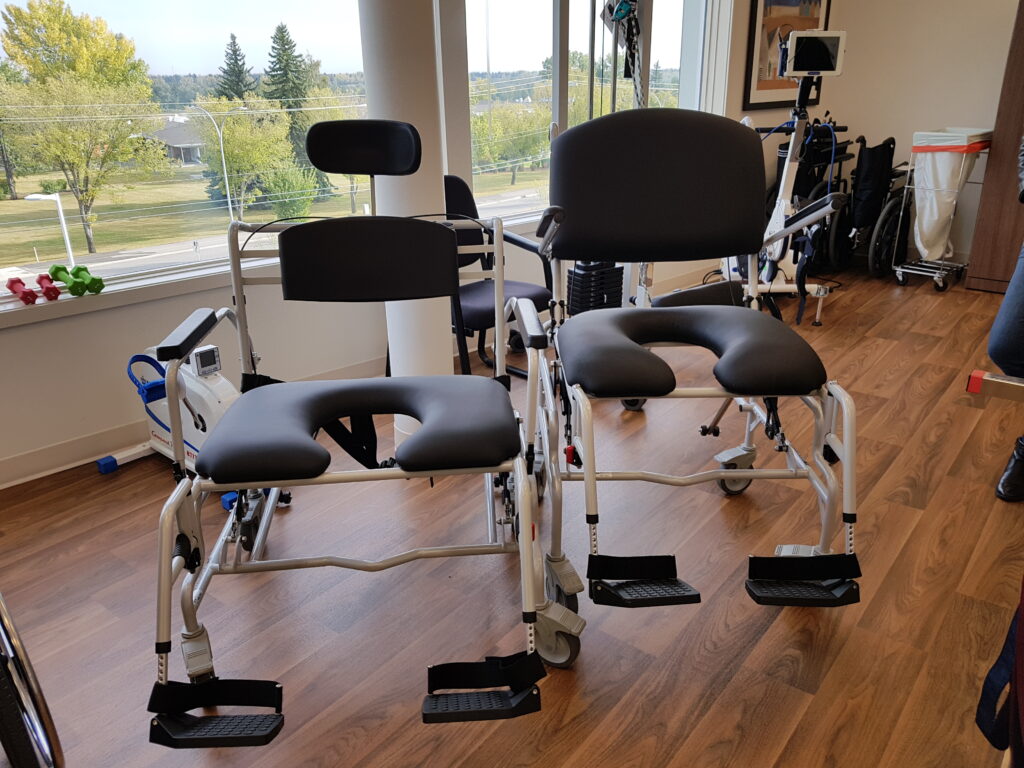
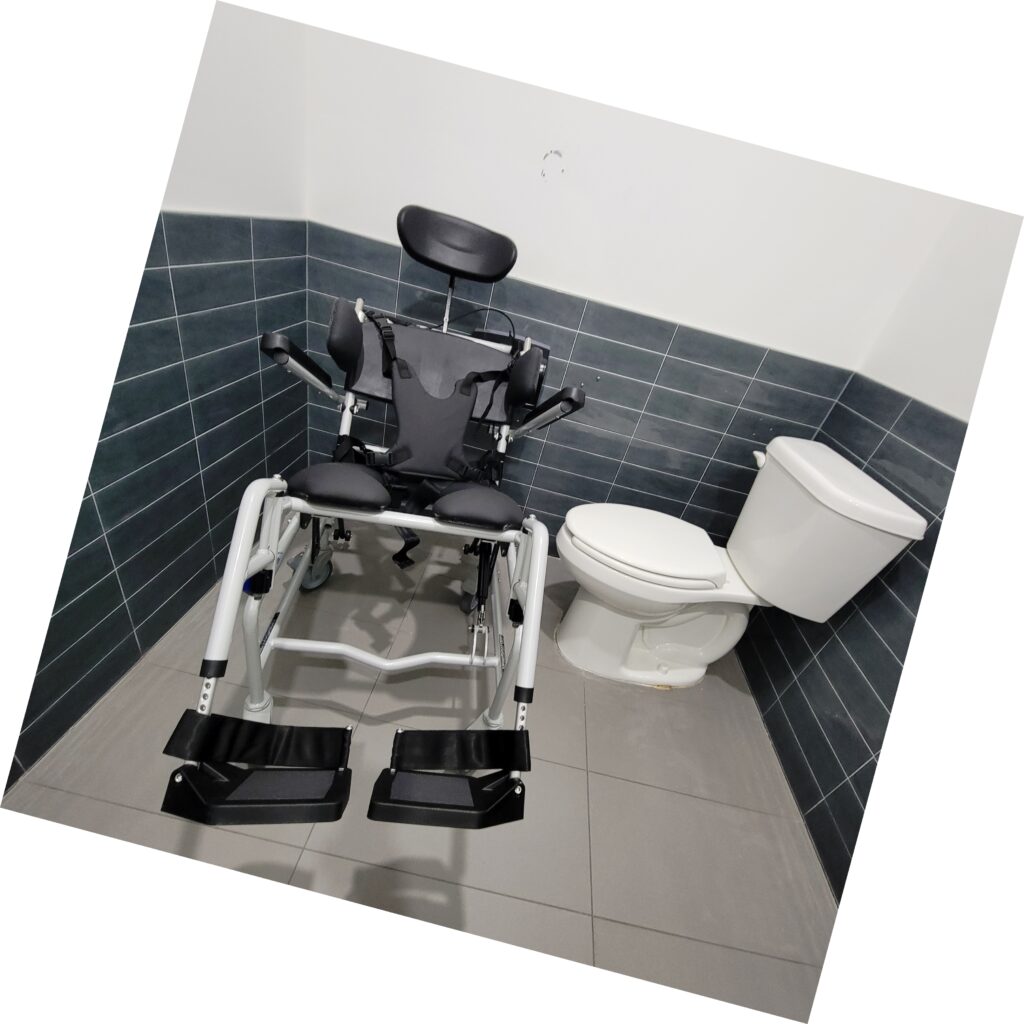
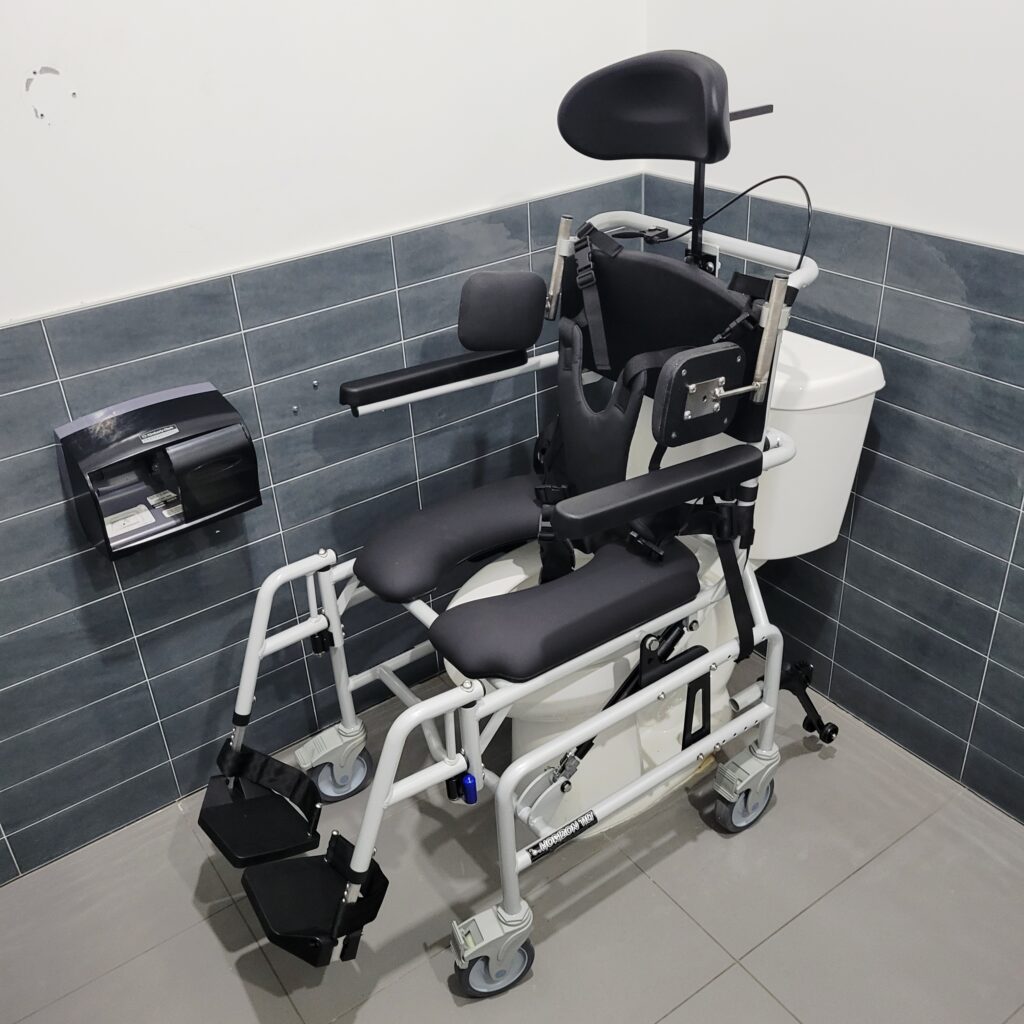
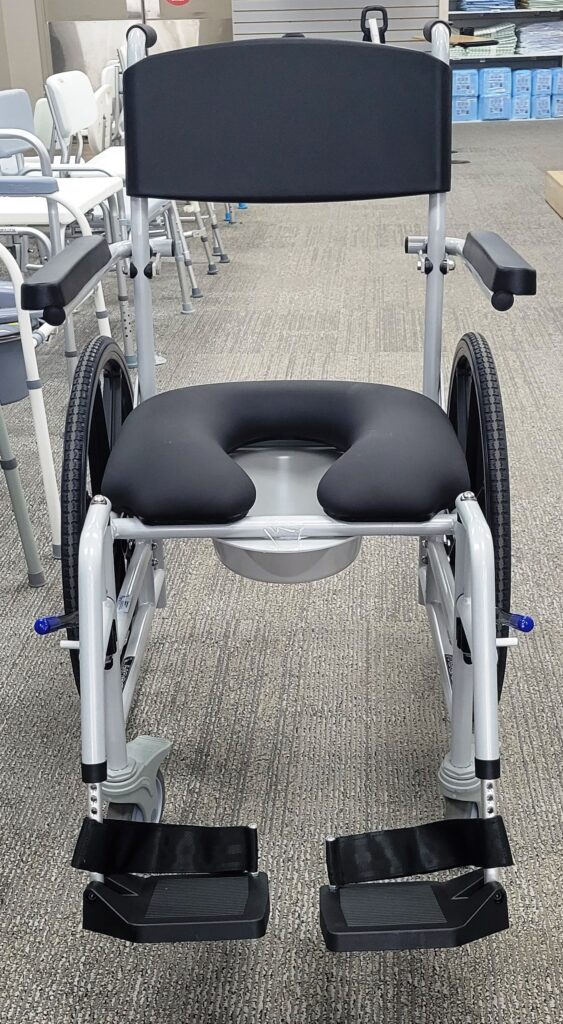
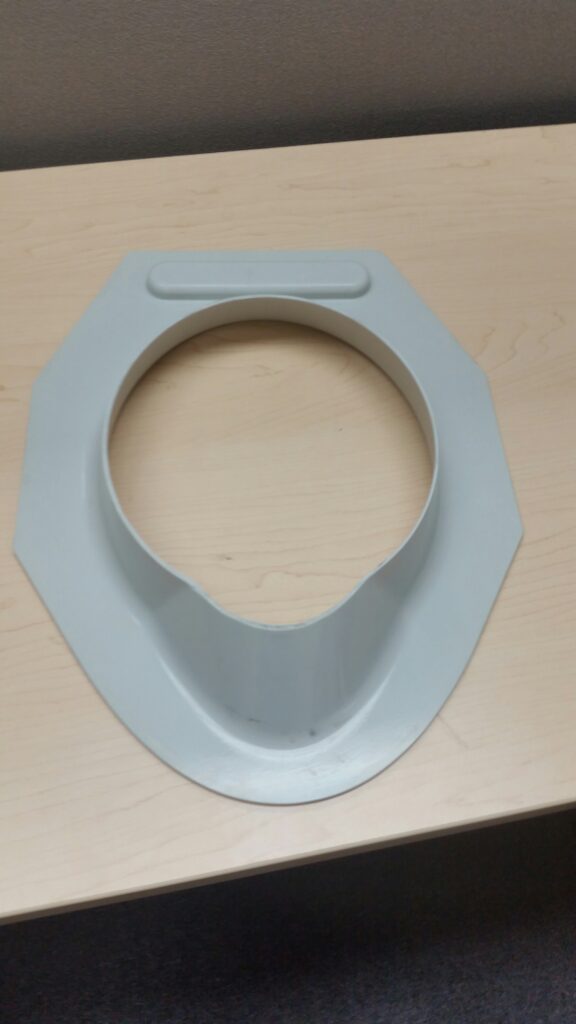

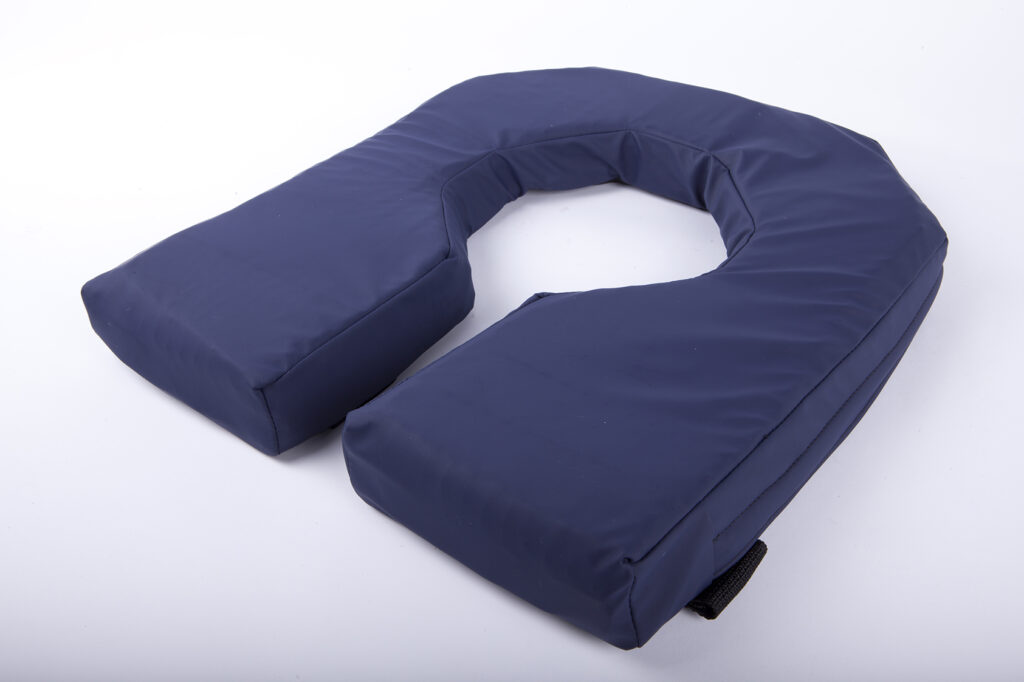
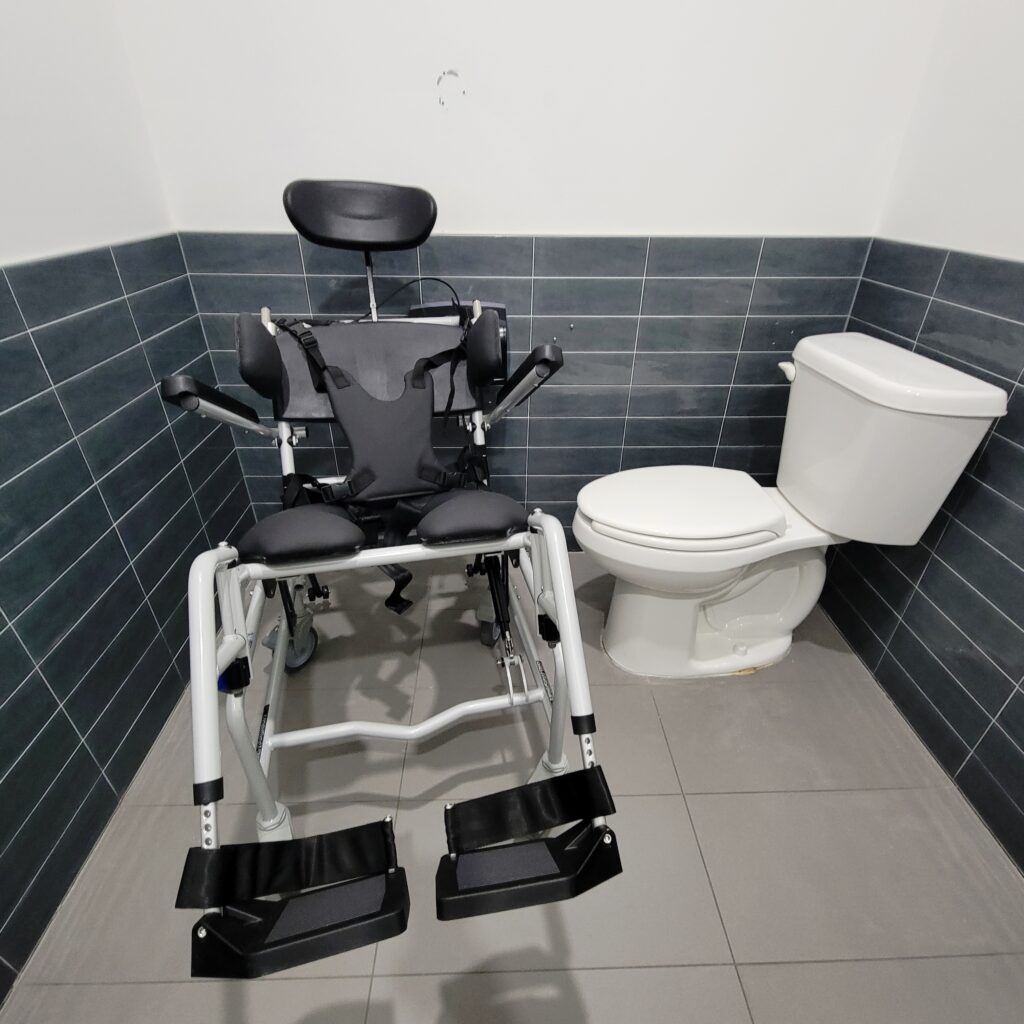
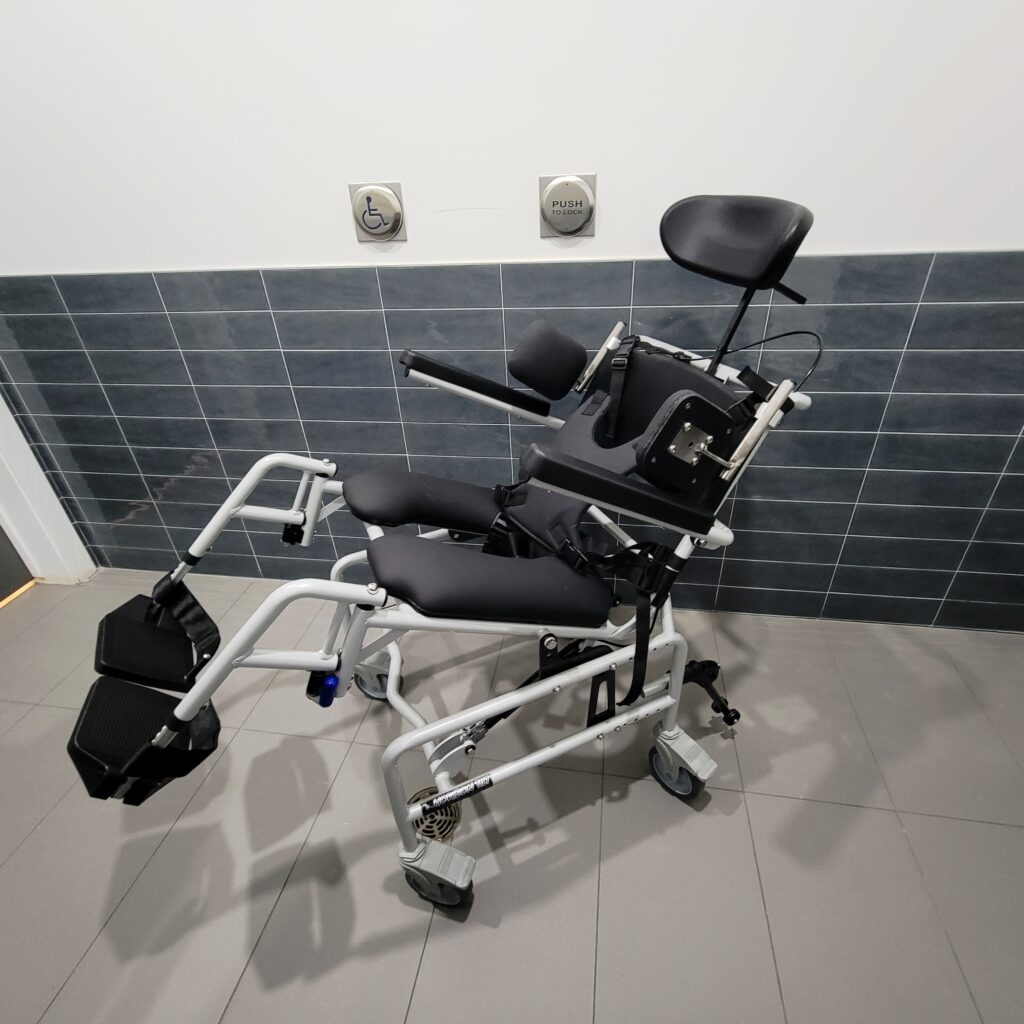
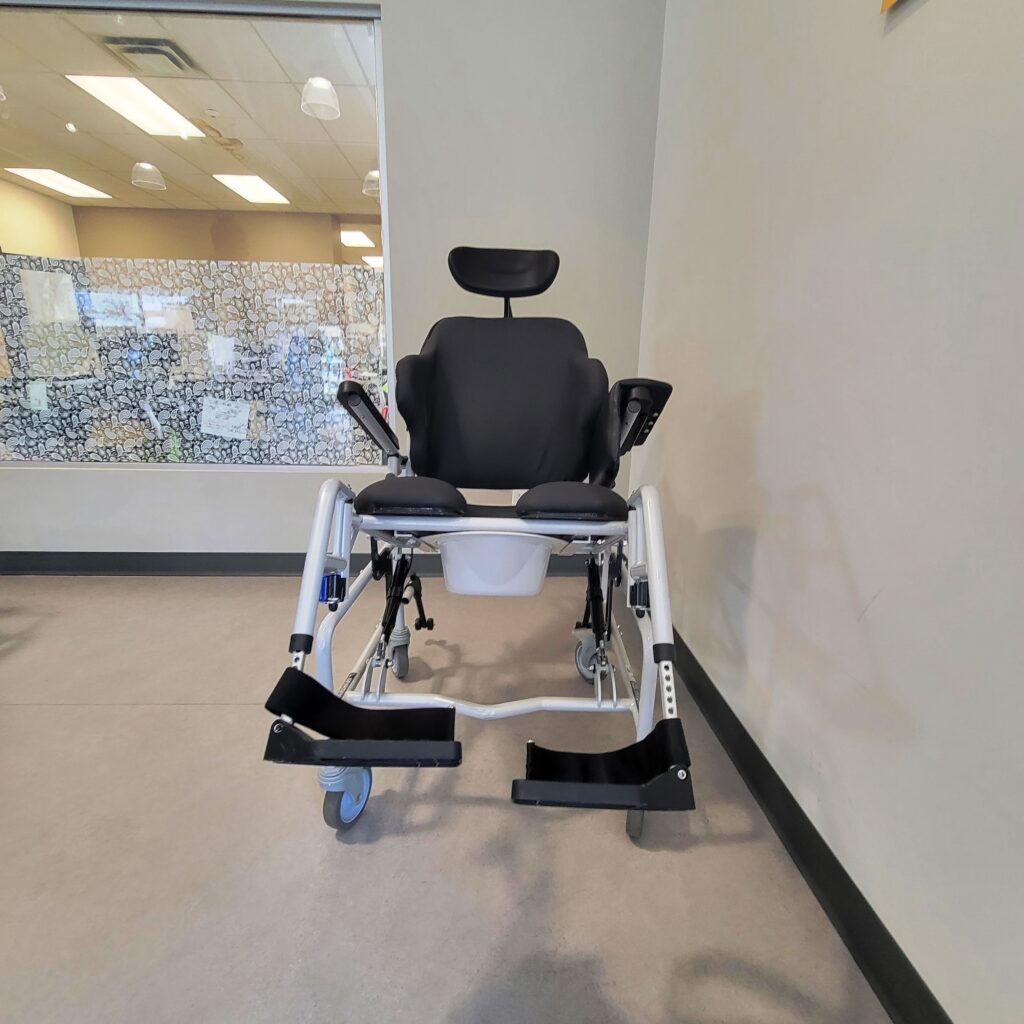
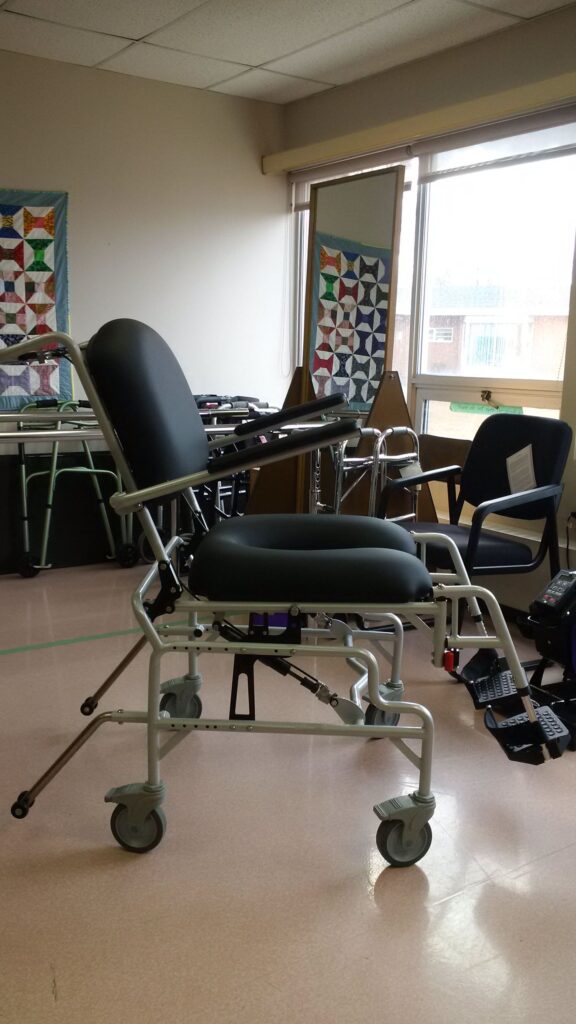
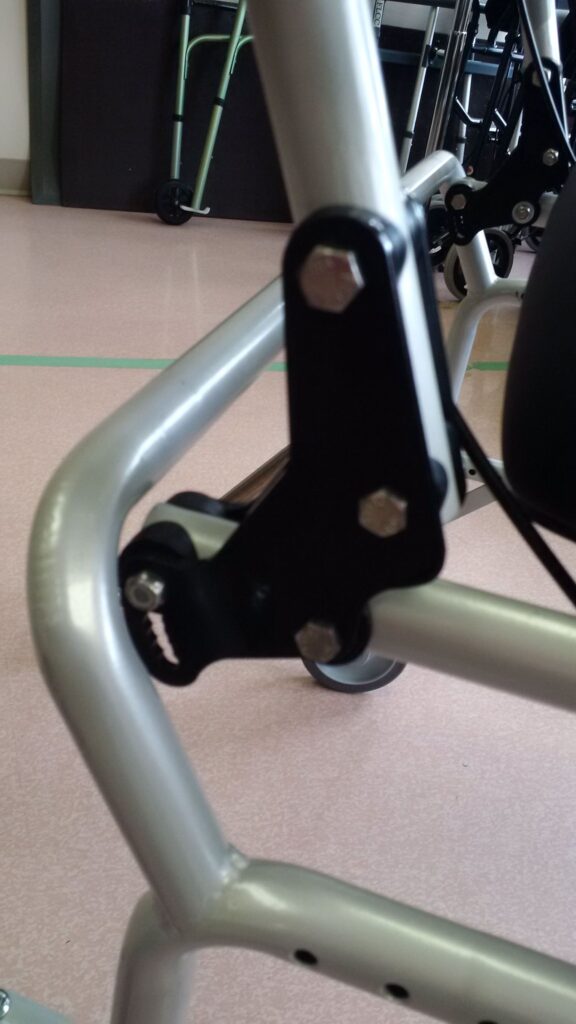
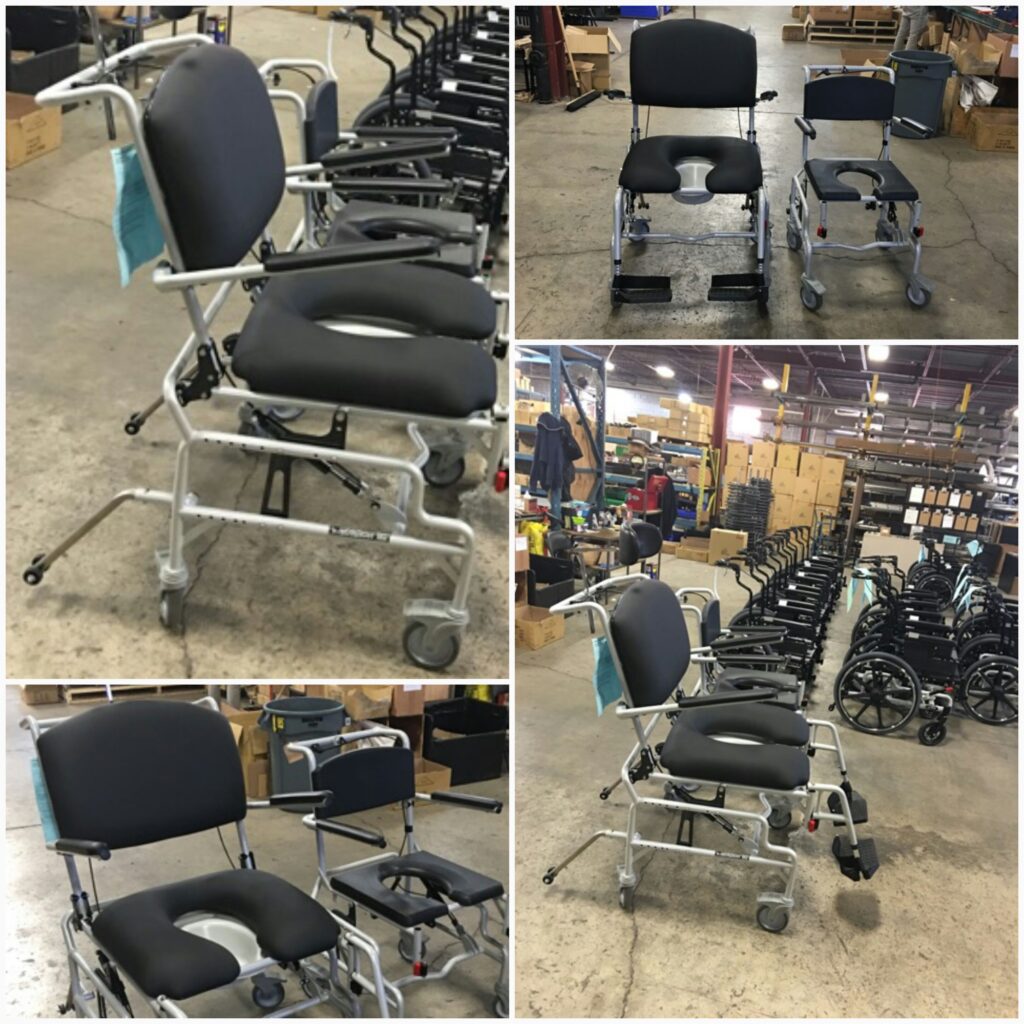
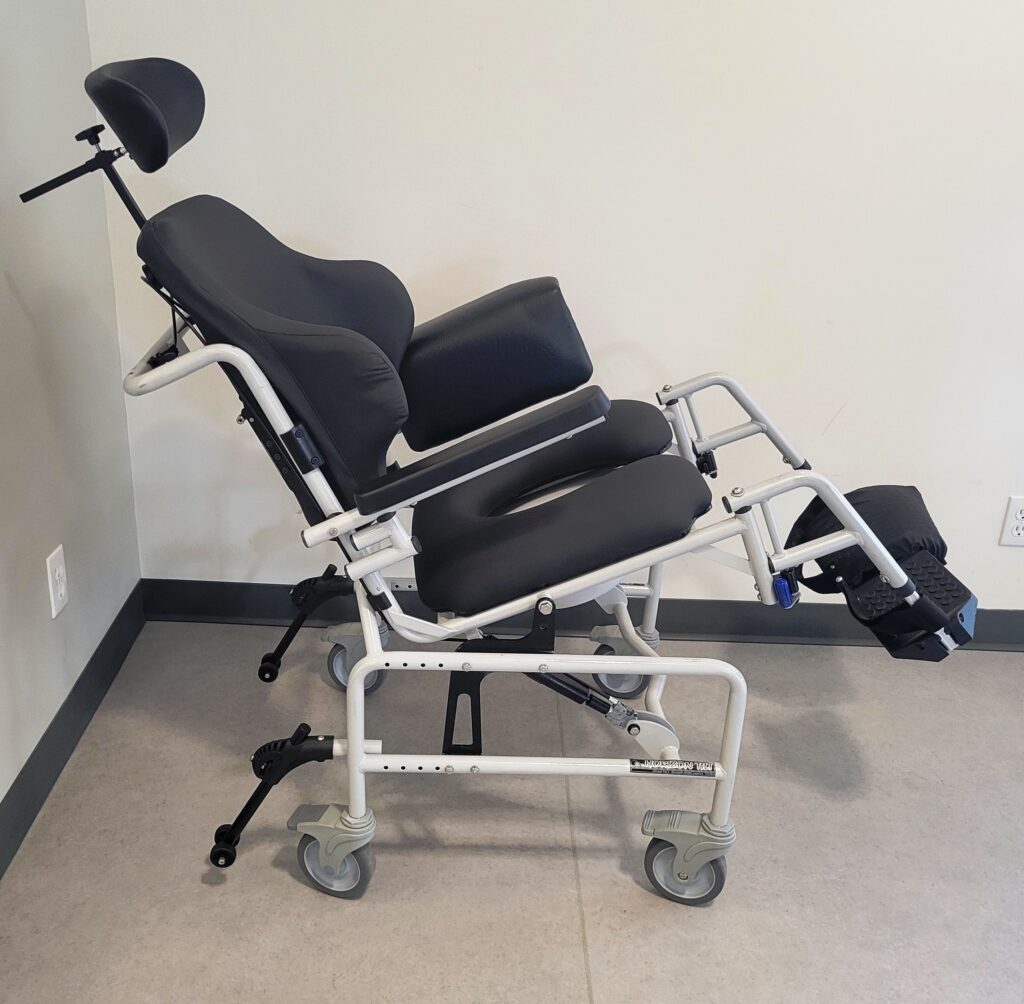
Toilet Safety and Accessibility Equipment
Elevated toilet seats reduce the physical demands of toilet transfers by decreasing the distance users must lower and raise themselves. These devices are particularly beneficial for individuals with knee problems, hip replacements, or general mobility limitations that make standard toilet height challenging.
Toilet safety frames provide armrest support that assists with sitting and standing while offering stability during toilet use. These frames can be freestanding or mounted depending on bathroom configuration and user preferences, offering flexibility in implementation.
Toilet seat risers with integrated armrests combine height adjustment with support features, providing comprehensive solutions for toilet accessibility. Many models offer adjustable heights and removable armrests to accommodate changing needs and different users.
Bidet attachments and personal cleansing systems can improve hygiene while reducing the physical demands of personal care activities. These devices are particularly beneficial for individuals with limited reach or dexterity who struggle with traditional hygiene methods.
Specialized Equipment for Different Needs
Equipment for Wheelchair Users
Wheelchair-accessible bathrooms require specialized equipment designed to accommodate seated transfers and wheelchair maneuvering requirements. Transfer boards, sliding systems, and specialized seating options help facilitate safe transfers from wheelchairs to bathroom fixtures.
Roll-in shower systems eliminate barriers that prevent wheelchair access, creating completely accessible bathing environments. These systems integrate drainage, seating, and support features specifically designed for wheelchair users.
Adjustable-height fixtures allow customization of toilet, sink, and other bathroom elements to accommodate wheelchair users and their specific positioning requirements. These adjustments can make the difference between dependence and independence in bathroom activities.
Bariatric Bathroom Safety Solutions
Bariatric individuals require specialized bathroom safety equipment designed to accommodate higher weight capacities and unique physical requirements. Reinforced grab bars, wider seating options, and enhanced support systems ensure safety for users with higher weight requirements.
Heavy-duty shower chairs and bath seats provide stable seating options designed for bariatric users. These devices feature reinforced construction, wider seating surfaces, and enhanced weight capacity while maintaining comfort and safety.
Bariatric toilet safety equipment includes reinforced frames, wider armrests, and enhanced support systems designed to accommodate the unique needs of bariatric individuals while maintaining dignity and independence.
Professional Assessment and Installation
Importance of Professional Evaluation
Professional bathroom safety assessments help identify specific risks and recommend appropriate equipment based on individual needs, bathroom configuration, and functional capabilities. Understanding how to choose the right wheelchair dealer becomes important when selecting bathroom safety equipment, as experienced professionals can provide valuable guidance for equipment selection and installation.
Occupational therapists and other healthcare professionals can evaluate functional abilities, safety risks, and environmental factors to recommend optimal bathroom safety solutions. Their expertise ensures that equipment selections address actual needs rather than perceived requirements.
Environmental assessments consider bathroom layout, structural limitations, and accessibility requirements to develop comprehensive safety plans. These assessments help ensure that equipment installations are both safe and effective for long-term use.
Installation Considerations and Requirements
Proper installation is crucial for bathroom safety equipment effectiveness and user safety. Grab bars and other support equipment must be securely mounted to structural elements capable of supporting the forces generated during use.
Professional installation ensures that equipment is properly positioned, securely mounted, and tested for safety before use. Understanding how local dealers support wheelchair users with repairs and maintenance applies to bathroom safety equipment as well, as ongoing support and maintenance are essential for continued safe operation.
Building codes and accessibility standards may apply to bathroom modifications, particularly in multi-family housing or commercial settings. Professional installers understand these requirements and ensure compliance with applicable regulations.
Funding and Financial Assistance
Government Programs and Insurance Coverage
Many bathroom safety equipment items qualify for coverage under government programs and insurance plans. Provincial programs may provide funding for medically necessary bathroom modifications and equipment when proper documentation and assessment are completed.
AADL (Alberta Aids to Daily Living) and similar provincial programs often cover essential bathroom safety equipment when medical necessity is established. Finding a dealer experienced with government funding programs can help navigate application processes and maximize available benefits.
Private insurance plans may also provide coverage for bathroom safety equipment, particularly when recommended by healthcare professionals as part of treatment or prevention plans. Understanding coverage options helps ensure that financial considerations don’t prevent access to necessary safety equipment.
Cost-Benefit Analysis of Safety Investments
While bathroom safety equipment requires upfront investment, the long-term benefits often far exceed the initial costs. Preventing even a single bathroom fall can save thousands of dollars in medical expenses while preserving independence and quality of life.
The cost of bathroom safety equipment typically represents a fraction of the expenses associated with fall-related injuries, emergency room visits, and potential long-term care needs. This makes bathroom safety modifications one of the most cost-effective health and safety investments available.
Insurance premiums, property values, and long-term care costs can all be positively impacted by proactive bathroom safety investments. These broader financial benefits often justify safety equipment purchases even without direct coverage.
Maintenance and Long-Term Care
Equipment Maintenance Requirements
Bathroom safety equipment requires regular maintenance to ensure continued safe operation in the humid, demanding bathroom environment. Regular inspection of grab bars, seating equipment, and other safety devices helps identify wear, corrosion, or loosening that could compromise safety.
Cleaning protocols for bathroom safety equipment must balance hygiene requirements with equipment preservation. Using appropriate cleaning products and techniques helps maintain equipment appearance and function while ensuring proper sanitation.
Replacement schedules should be established based on equipment type, usage patterns, and manufacturer recommendations. Proactive replacement prevents equipment failures that could compromise user safety.
Adapting to Changing Needs
Bathroom safety needs often change over time as health conditions evolve, mobility changes, or new challenges emerge. Equipment selections should consider potential future needs and offer adaptability for changing requirements.
Modular equipment systems allow additions and modifications as needs change, providing flexibility for evolving safety requirements. This approach can extend equipment life while ensuring continued appropriate support.
Regular reassessment of bathroom safety needs helps ensure that equipment continues meeting user requirements and provides optimal safety benefits. Healthcare professionals can help evaluate changing needs and recommend appropriate modifications.
Creating a Comprehensive Safety Plan
Integrating Multiple Safety Elements
Effective bathroom safety requires coordination of multiple equipment elements and environmental modifications. Grab bars, seating, lighting, flooring, and other elements must work together to create a comprehensively safe environment.
Traffic flow patterns and accessibility requirements should guide equipment placement and bathroom layout modifications. Understanding how users move through bathroom spaces helps optimize safety equipment positioning.
Emergency planning should be incorporated into bathroom safety designs, including communication devices, emergency lighting, and accessibility for caregivers or emergency responders when needed.
Future Trends in Bathroom Safety
Technology Integration
Smart bathroom safety systems incorporate sensors, monitoring capabilities, and automated features that enhance safety while providing peace of mind for users and caregivers. These systems can detect falls, monitor usage patterns, and provide alerts when assistance is needed.
Universal design principles are increasingly influencing bathroom safety equipment development, creating products that benefit users across a wide range of abilities and ages. This approach makes bathroom safety equipment more accessible and acceptable to diverse users.
Bathroom safety equipment represents a critical investment in independence, dignity, and quality of life for seniors and individuals with mobility challenges. The wide range of available solutions ensures that virtually any bathroom can be transformed into a safe, accessible space that supports continued independence.
At LIFEmed, we understand that bathroom safety is deeply personal and requires solutions that respect individual needs, preferences, and dignity. Our comprehensive range of bathroom safety equipment, combined with our commitment to treating clients like family, ensures you receive the guidance and products necessary for creating a truly safe bathroom environment.
Contact our mobility specialists to discuss your bathroom safety needs and explore how our expertise can help you create a safer, more accessible bathroom that supports independence and peace of mind. Remember, investing in bathroom safety isn’t just about preventing accidents—it’s about preserving the independence and dignity that make life meaningful.
To visit our Social Media, please click on Facebook and Instagram


